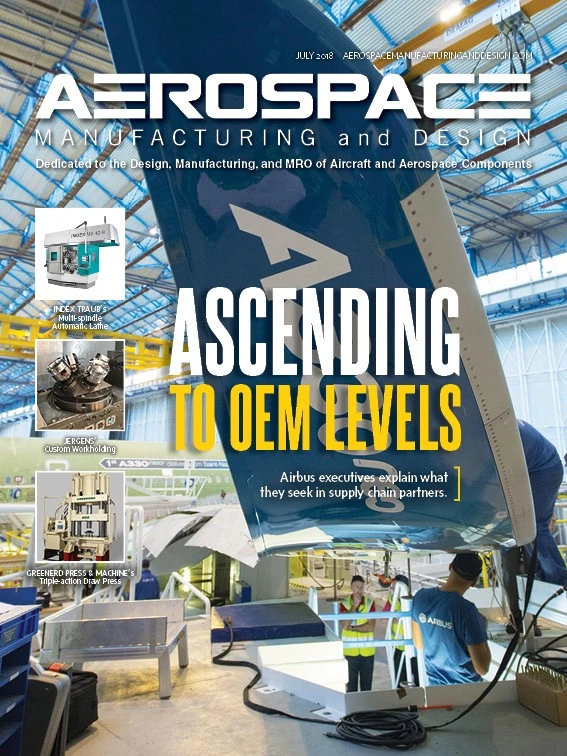The latest tax reform – the largest in 30 years – is making it easier for manufacturers to invest in and house additional pieces of machinery. As a result, the question of investing shifts to
Machinery Finance Resources provides custom financing solutions and support offered by experts specializing in equipment. They work with manufacturers to finance various types of equipment, such as CNC lathes, machining centers, fabricating equipment, injection mold machines, metrology, and waterjet machines.
So, what will the new incentives mean for your company investing in one of these machines? Below is a roadmap that highlights key aspects of the tax incentive and how it can lead your business toward big payoffs.
Section 179 tax deduction
Doubling the previous limit, the Section 179 tax deduction allows companies to deduct the first $1 million of equipment purchased from their taxable income. Applicable to new and used machinery, the deduction is available in full for companies purchasing up to $2.5 million of equipment. This deduction phases out dollar-for-dollar for companies purchasing between $2.5 million to $3.5 million in fixed assets.
“If an organization is looking to grow and they are currently profitable, there is really not a better time to [benefit from Section 179] than now,” Says Huong Do, vice president of business development at Machinery Finance Resources.
Bonus Depreciation
Congress has also extended bonus depreciation, an incentive that permits taxpayers to immediately deduct a percentage of equipment costs. The law, for the first time, will allow companies to deduct 100% of both new and used equipment from 2018 to 2022. This provision will phase down by 20% every year, starting in 2023.
Financing options
Machinery Finance Resources offers three plans to meet individualized needs: An operating/tax lease, capital lease, or a loan.
Under an operating lease, the client deducts their payment as an expense, similar to renting where ownership is retained by the lessor. This is the preferred structure for companies wanting more flexibility,

For capital leases, the lessee is considered the owner, even though the official transfer occurs once the lease has been paid. Under this
Key features of a capital lease include:
- Provides for 100% financing
- Fixed payments for the lease term simplifies cash planning
- Qualifies for the Section 179 Tax Deduction and Bonus Depreciation
- Equipment title automatically passes to
lessee at end oflease term ($1.00 purchase option)
“Typically, if the company wants to own the equipment at the end of the term, a Capital lease would be the preferred structure,” Do says.
With leasing, credit underwriting is simplified and expedited.

Other advantages of leasing include:
- Little or no cash outlay required
- Flexible, individualized lease terms from 24 to 84 months
- Ability to structure payments to match cash flow
- Keeps working capital or bank lines of credit free
Lastly, loans are notes and security agreements through which Machinery Finance Resources finances the company’s purchase of equipment on a fixed term. Those applying are entitled to the depreciation and interest write-off.
Machinery Finance Resources
www.mfresources.com

Explore the July 2018 Issue
Check out more from this issue and find your next story to read.
Latest from Aerospace Manufacturing and Design
- March Manufacturing Lunch + Learn with Quell Corp.
- March Manufacturing Lunch + Learn with SMW Autoblok
- SwRI addresses critical aging aircraft issue
- Walter adds tools to its PCD milling cutter range
- Archer Aviation, Palantir partner on next-gen aviation
- Fairlane Products’ TG GripSerts and accessories for low-profile clamping
- Boeing to build US Air Force’s sixth-generation fighter jet
- Sandvik Coromant introduces CoroMill Plura barrel





